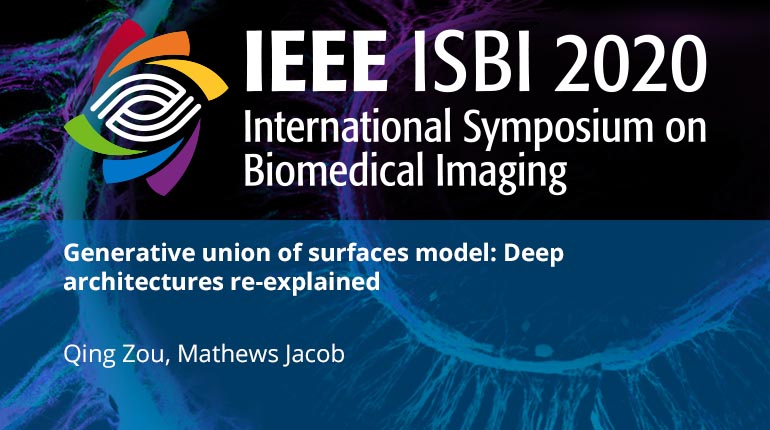Collection:

In signal processing, the union of subspaces (UoS) model is widely used to represent a signal. This model provides foundation for the low-rank methods, dictionary learning and so on, which are usually used as a prior in compressed sensing. These methods are well-understood with rich theoretical guarantees. The performance of these methods was challenged by deep architectures. In this work, we would like to develop a generative model called union of surfaces (UoSs) model, which can enjoy the benefits of both classical methods and deep architectures. We will develop this generative model by discussing a) how to learn the generative surfaces from training data, and b) how to learn a function from training data.
- IEEE MemberUS $11.00
- Society MemberUS $0.00
- IEEE Student MemberUS $11.00
- Non-IEEE MemberUS $15.00
Videos in this product
Generative union of surfaces model: Deep architectures re-explained
In signal processing, the union of subspaces (UoS) model is widely used to represent a signal. This model provides foundation for the low-rank methods, dictionary learning and so on, which are usually used as a prior in compressed sensing. These methods are well-understood with rich theoretical guarantees. The performance of these methods was challenged by deep architectures. In this work, we would like to develop a generative model called union of surfaces (UoSs) model, which can enjoy the benefits of both classical methods and deep architectures. We will develop this generative model by discussing a) how to learn the generative surfaces from training data, and b) how to learn a function from training data.
 Cart
Cart Create Account
Create Account Sign In
Sign In
